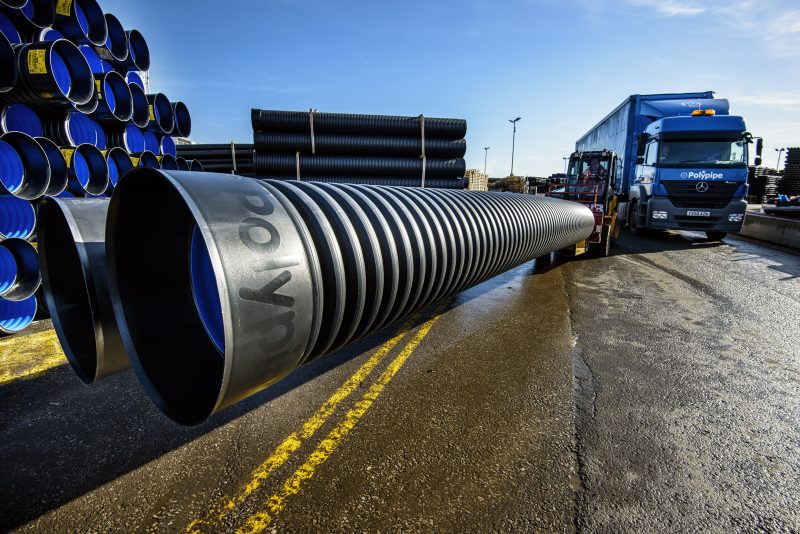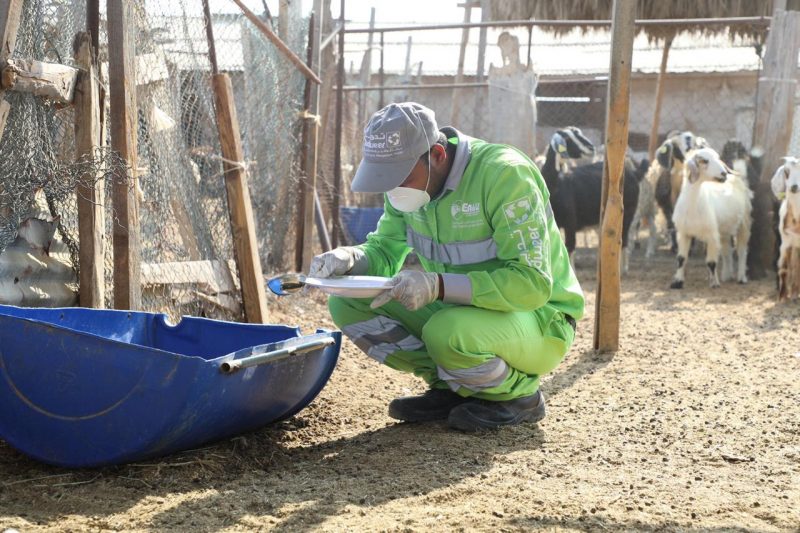Creating Healthier Living Spaces
Waste Management

July 19, 2020, 5:37 am
Adam Smith, Managing Director of Polypipe Middle East.
Currently, we find ourselves in an extraordinary situation.
The challenging socio-economic climate has instigated significant changes for us, both personally and professionally. This, in turn, has encouraged businesses to find new ways to support the global “stay at home” movement and focus on our remote working environments.
As people are increasingly adapting their personal spaces to make living, working, learning and relaxing at home safer and more comfortable, making the link between our homes and our health become more relevant than ever.
Understanding the factors that contribute to a healthy living space is extremely important in unlocking a number of potential health and wellbeing benefits that can dramatically improve people’s lives.
A healthy home/building is a space that supports physical, mental and social wellbeing. The foundations of a healthy living space are determined by factors such as ventilation, air quality, natural light, thermal comfort and water quality, to name a few.
Given our efforts to remain at home and keep everyone safe, let’s discuss some quick tips to creating a healthier environment.
Interestingly, over half of the air we’ll breathe in our lifetimes will be indoors. Therefore, maintaining healthy indoor air quality is vital to good health.
The process actually begins during the design and build stage, where specialised drainage solutions, engineered specifically for high-rise use, should be considered in urban development. These solutions can eliminate foul and toxic odours, reduce the risk of leaks and even decrease the spread of infectious diseases and viruses.
As for occupants, cleaning AC filters regularly, or simply opening windows, helps to improve ventilation. You can even consider incorporating indoor plants, which not only remove toxins from the air, but also make us feel more connected to nature, helping to reduce stress and enhance mood.
Introducing natural daylight into our spaces is another powerful way to boost health and wellbeing in our homes. Consider arranging work-from-home spaces with access to natural daylight in order to increase productivity, boost creativity and better regulate circadian rhythms.
In fact, just 15-30 mins of daily exposure to sunlight can provide the body with its daily dose of vitamin D, which helps to boost immunity.
Another important element of a healthy living space is thermal comfort. We often underestimate the role of temperature in determining productivity and wellbeing. For example, if it’s too warm, this can make us feel tired and unproductive. If it’s too cold, we start to feel restless and distracted.
The suggested temperature to create a comfortable environment, recommended by local municipalities, is 24 °C with a humidity level of around 40%. You can use a hygrometer to monitor indoor humidity levels.
And finally, there’s water. From hydrating our bodies to washing our clothes, water plays an irreplaceable role in our home life.
Testing water regularly helps to determine contaminants. Installing water purifications systems can remove these contaminants and enhance water quality.
Buildings that incorporate more sustainable water management solutions that support sustainable green infrastructure and blue/green roofs, help to create safer environments by improving water quality and quantity, reducing the risk of flooding and even increasing energy savings.
Speaking of water, let’s remember to stay hydrated! Staying sufficiently hydrated helps to flush toxins from the body and maintain a healthy immune system.
Ultimately, our homes and buildings play an important part in the holistic urban ecosystem.
We spend approximately 90% of our time indoors. And given the extraordinary situation we are facing, it’s possible that this figure is currently even higher!
Therefore, there’s no better time than the present to delve deep and review how we design our living spaces, ensuring we have inhabitants’ health and wellbeing at the very core of our decision making process. Our homes can be happier, healthier environments for us and future generation to enjoy.










